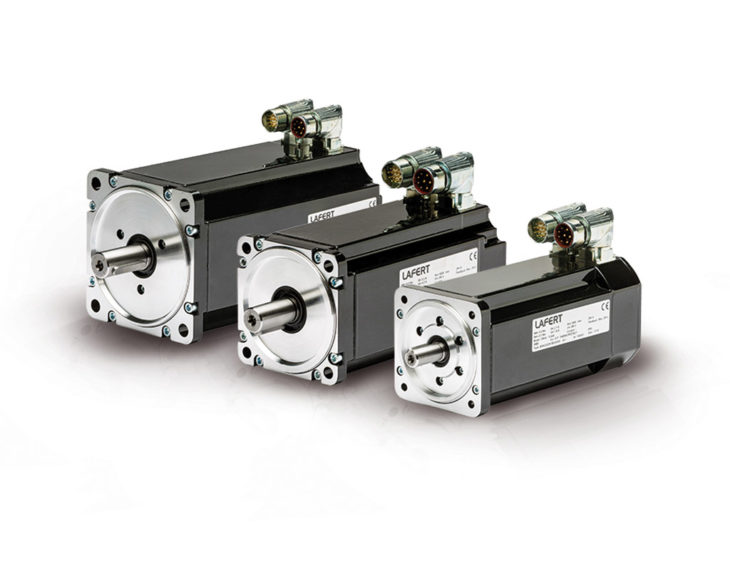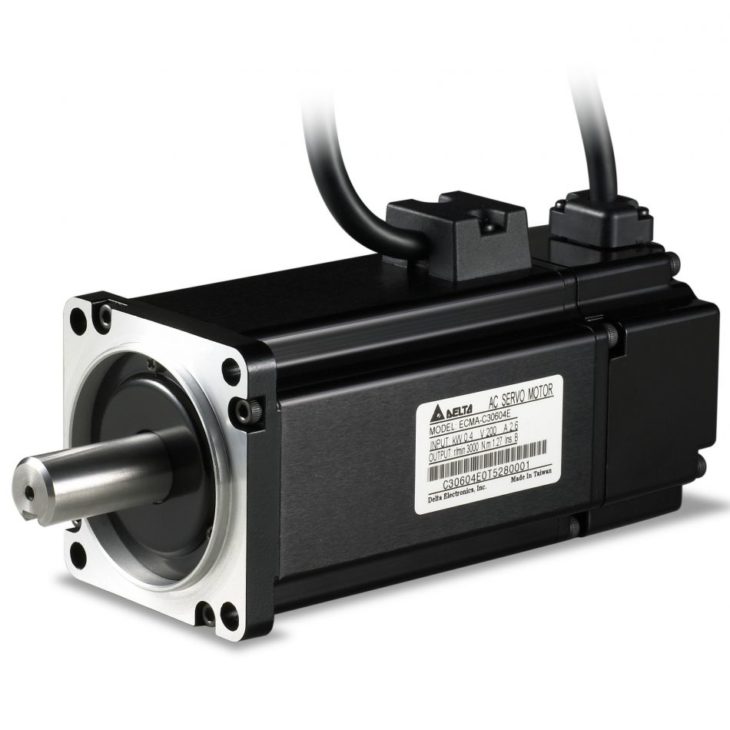In the past, for a lot of years, stepper motors have been the standard type of electric motor because of various reasons. One of the reasons being because it can be easily sourced and because the cost of their manufacturing process is very cheap when compared to other solutions. Another reason is that these motors, do not require any type of tuning or optimization to get the right performance, which is completely opposite with servo motors. The commands for motion and scaling are also much easier to execute when it comes to stepper motors as servo motors need a lot more knowledge because the implementation is a lot more complex.
You might be thinking that the stepper motors with so many benefits are the superior type of motor, but we had to explain its benefits before we help you understand why servo motors are a better option.
One of the biggest reasons why servo motors have become a preference and a better choice is because of its reduced time needed to make a test. Reducing the test times is what reduces the manufacturing cost. The reduced test times also affect the carbon footprint we leave in the atmosphere which again results in reduced costs. The technological superiority of servo motors over stepper motors is what convinces a lot of people to make a complete switch. If you are still unsure about its functionality, here are some of the benefits you can get out of these motors.

Source: lafert
Comparison between both types
I just like the stepper motors, servo motors also come with the standard rotary motors, but they can also be available as linear ones. There are numerous benefits to why people preferred servo motors so they can boost the performance of their machines or instruments.
If you are looking for servo motors that can deliver speeds of zero to 6000 in just a minute and a performance range of 0.05 to 5KW, we recommend that you check out www.ghv.de.
Servos have a lot more power (torque)
If you are in need of power or torque in shorter intervals, you should definitely consider servo motors as they can deliver a lot more power in short bursts and they can handle those bursts for much longer periods. The reason for this is because they can receive a lot more current than stepper motors.

Source: damencnc
They can provide you with a lot more speed
An average stepper motor can achieve an average of two to three thousand steps in a second, which might seem like a lot, but the servo motor can actually achieve at least 2 times that speed. This means that both motors in the same conditions and power, the servo can perform a lot more. Keep in mind, that the stepper can be a lot more consistent when it comes down to RPM below a thousand, however, when we reached the higher levels of RPM, the servo outperforms the stepper by a huge margin. Although, if you try to keep the servo at its maximum torque at longer periods of time, it will easily overheat.
